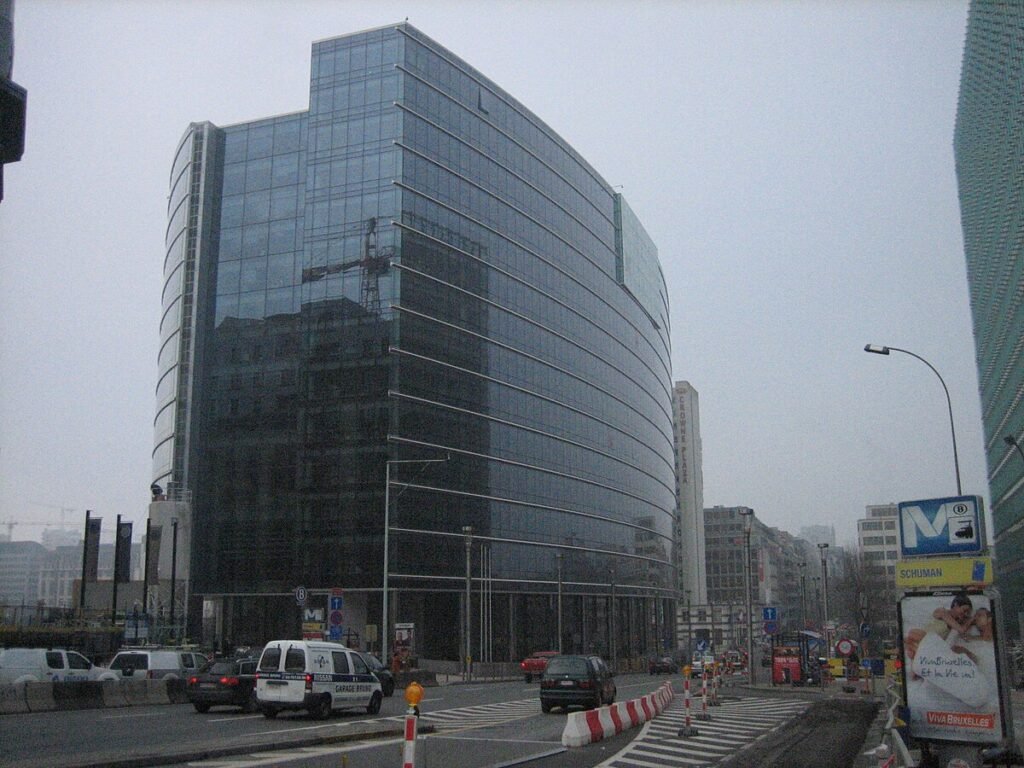The European Union is preparing to bolster its manufacturing industry while pursuing its climate targets with fresh policies aimed at backing domestic producers. A leaked draft of the Clean Industrial Deal, seen before its formal launch, shows intentions to introduce “Made in the EU” quotas and carbon marking on goods. These initiatives are intended to support European industry by creating demand for domestic output and making Europe competitive in the face of rising challenges from overseas competitors.
The strategy aims at balancing industrial regeneration with environmental stewardship, tackling issues raised by European producers, especially in steel and cement sectors. These industries have been finding it tough to cope with expensive energy and regulatory challenges, in a bid to compete with the U.S. and China, where governments are pumping billions of dollars into domestic production. The situation has further worsened with the re-emergence of Donald Trump at the helm of the U.S. presidency, with the increased focus on “Buy American” policies.

As a countermeasure, the EU is seeking to implement its own “Buy European” measures as part of its overall climate action plan. The plan is based on six pillars: cutting energy costs, stimulating demand for domestic products, attracting investment, gaining access to critical materials, building international partnerships, and upgrading the workforce.
A key priority of the plan is stimulating European-made climate-friendly products’ demand. The EU reaffirmed that it aims to produce at least 40% of the clean technology components of the bloc domestically. For this, the Commission is weighing legally binding quotas so that governments and public administrations give preference to products made in Europe in procurement.
The Clean Industrial Agreement provides “minimum local content requirements” and sustainability standards, to be launched via forthcoming legislation. The Commission also aims, by 2026, to update rules for public procurement, integrating European preference standards into contracts for important sectors. Aside from public expenditure, the moves will also reach private procurement through such initiatives as CO2 performance levels according to product life cycles.
Another significant proposal in the plan is the carbon footprint labeling of industrial products, beginning with the steel sector. The labels will give visibility to the level of carbon dioxide released during manufacturing. The program will be non-burdensome to companies, using existing carbon market data instead of requiring new reporting.
Lowering energy expenses and speeding up the shift to clean power are another pillar of the EU’s industrial resurgence plan. The draft report includes ambitious objectives, such as boosting electrification to 32% from 23% of the EU’s economy by 2030 and adding 100 gigawatts of renewable electricity capacity every year. Simplifying the permitting procedure for renewable power projects is also in the plans to enable quicker implementation.
In addition to the Clean Industrial Deal, a companion “Action Plan for Affordable Energy” details additional steps to reduce energy prices. This includes advice on cutting energy taxes and a new legislative package aimed at updating the EU’s electrical grids. The European Investment Bank will reportedly be instrumental in funding grid improvements and underwriting long-term industrial energy contracts, though actual funding allocations are yet to be defined.
The green paper also pushes for the availability of immediate finances to enhance clean manufacturing in the EU. Though it recognizes that state aid is necessary, it seeks to simplify rules and provide targeted support mechanisms for key technologies such as wind, solar, and battery production.
Guaranteeing access to key raw materials is a second focus area in the strategy. The EU aims to set up a common critical raw material center that enables collective procurement across companies. Efforts will also be put in place to ramp up recycling efforts and restrict raw material waste exportation, and valuable resources are kept within the bloc.
With these ambitious moves, the European Commission is making way for an industrial sector with greater resilience according to its environmental goals. With local production strengthened, clean-energy investment, and securing critical materials, the EU hopes to take back its leading position on the world stage even as it weans itself of a less eco-friendly economy.


